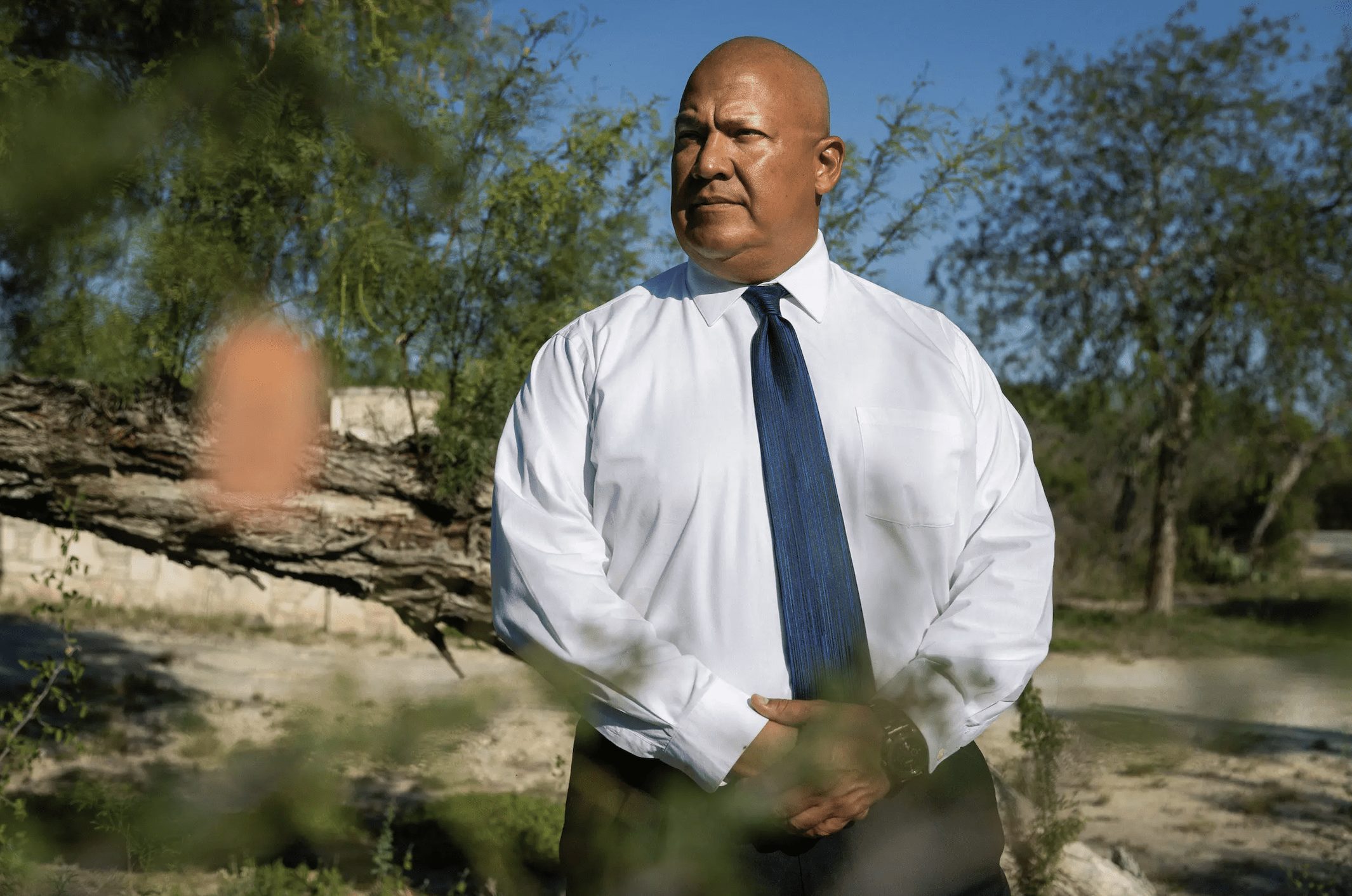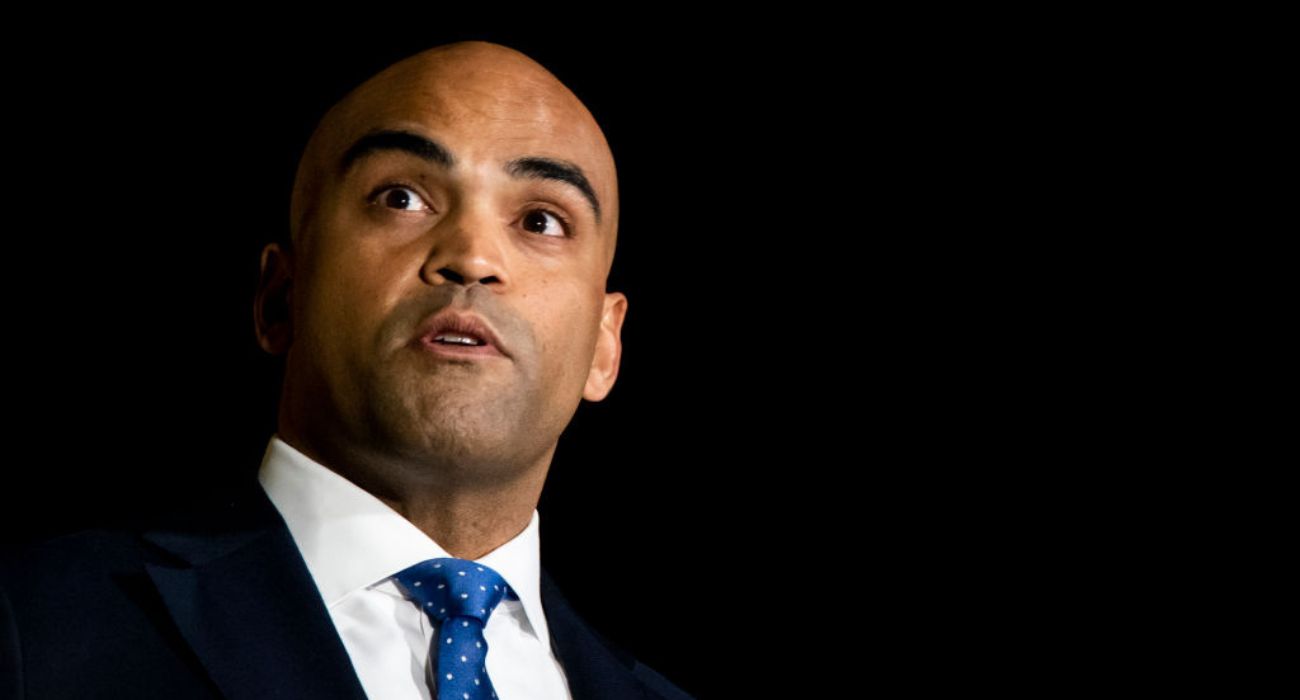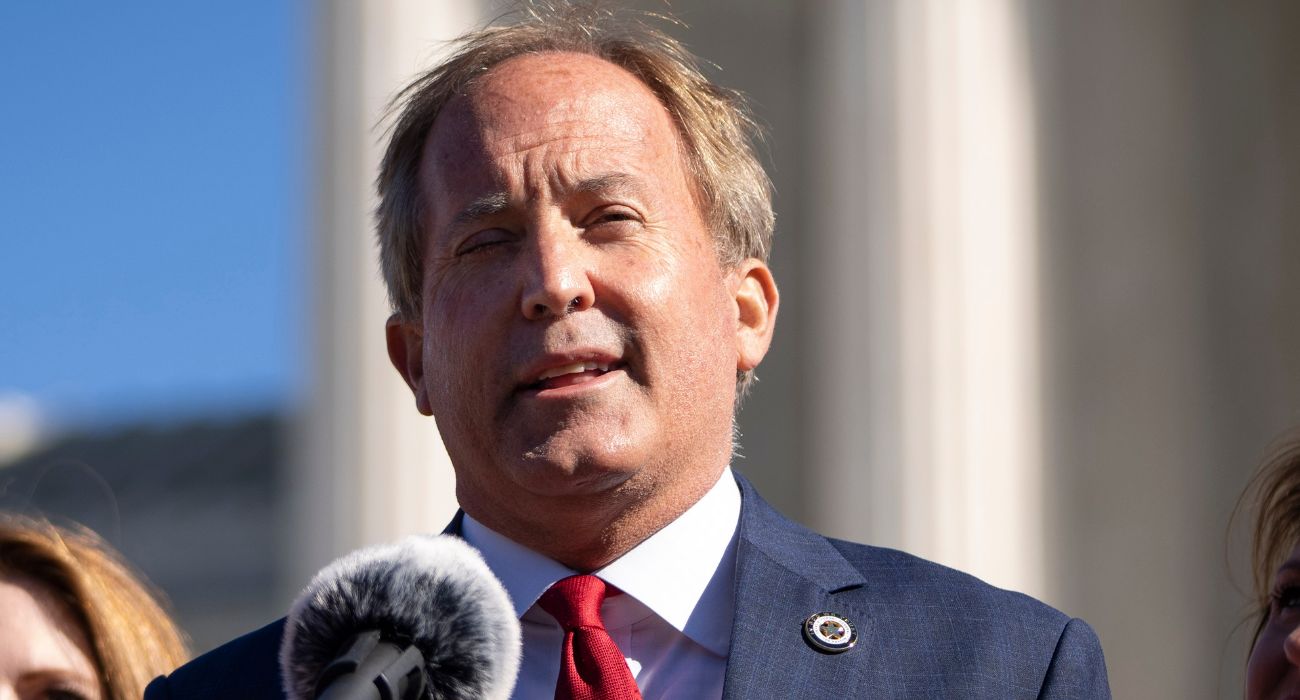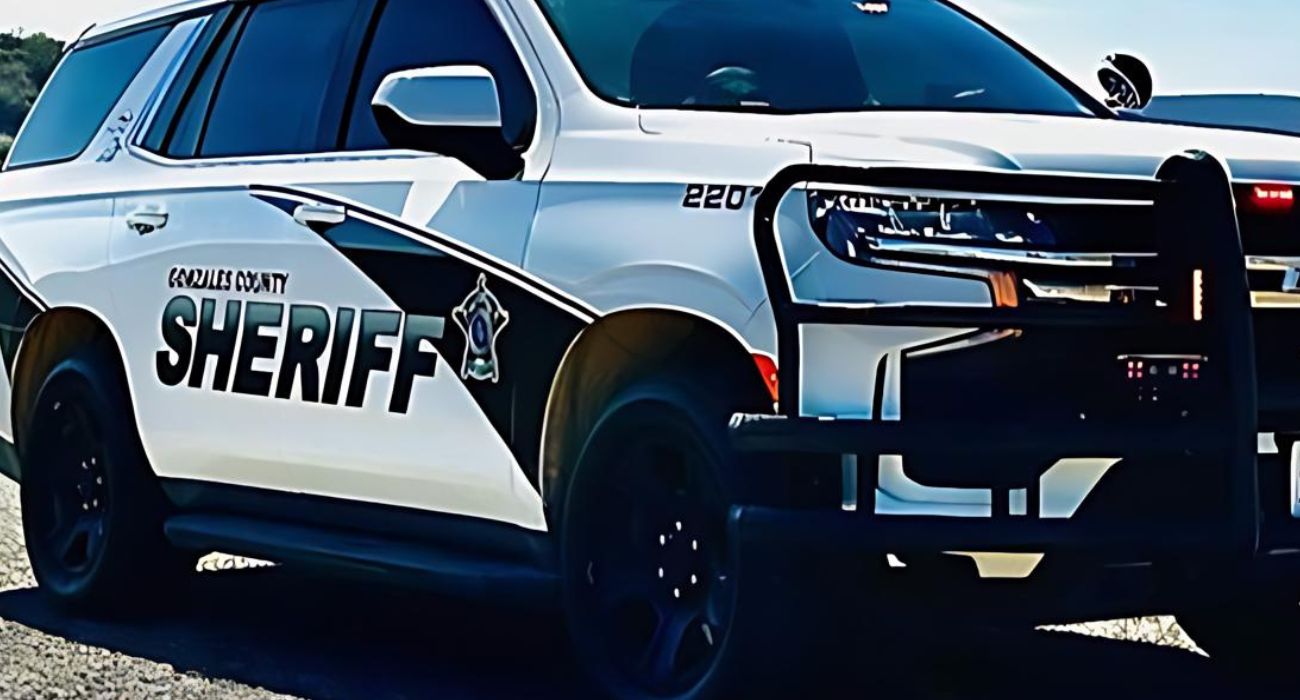Pete Arredondo, the Uvalde Consolidated Independent School District police chief, has received blame for failing to take control of the police response during the deadliest school shooting in Texas. He spoke out for the first time on June 9.
The Texas Tribune talked with Arredondo and his attorney to get his account of what happened on the day an 18-year-old male murdered 21 people, 19 of them children, and wounded another 17.
“The only thing that was important to me at this time was to save as many teachers and children as possible,” Arredondo told the Tribune.
Arredondo reportedly spent more than an hour in Robb Elementary School’s hallway. He summoned tactical equipment, a sniper, and keys to gain entry, standing back from the doors for 40 minutes to avoid triggering sprays of gunfire. Allegedly, when the keys arrived, he tried dozens of them, but they all failed.
“Each time I tried a key, I was just praying,” Arredondo said to the Tribune.
He said he felt he could shoot the gunman himself if he could get a key, or at the very least, draw the shooter’s fire to himself instead of the civilians killed. After 77 minutes, officers finally opened the door and killed the shooter.
Arredondo, an alumnus of Robb Elementary School in his hometown of Uvalde, told the Tribune that he feels he did everything he could to protect the lives of his neighbors.
“My mind was to get there as fast as possible, eliminate any threats, and protect the students and staff,” Arredondo said.
According to Texas Department of Public Safety (DPS) officials, Arredondo chose to delay sending officers in to neutralize the gunman because he believed the immediate threat to students inside had diminished following the opening outbreak of gunfire in the classrooms, The Dallas Express reported.
The DPS data is based partly on 911 call transcripts, dispatch audio, and body camera recordings. The investigation is still ongoing, and the preliminary findings of the DPS have not been made public.
Arredondo, who was sworn in as a member of the city council in late May, told the Tribune that he did not consider himself the commanding officer on the scene that day and that no one told him about the 911 calls that came in before the gunman was taken down.
Since the mass shooting, the 50-year-old has received death threats, and news crews have camped outside his home, causing him to flee. He has been dubbed a coward and incompetent.
Arredondo disagrees.
“Not a single responding officer ever hesitated, even for a moment, to put themselves at risk to save the children,” Arredondo told the Tribune. “We responded to the information that we had and had to adjust to whatever we faced. Our objective was to save as many lives as we could, and the extraction of the students from the classrooms by all that were involved saved over 500 of our Uvalde students and teachers before we gained access to the shooter and eliminated the threat.”
The explanations provided by Arredondo do not fully address all of the issues raised.
The Tribune interviewed seven law enforcement experts about Arredondo’s description of the police response. Except for one, all stated that severe errors in judgment occurred.
According to the officers, the chief appears to have contributed to a chaotic approach in which officers used inappropriate tactics, adopted a defensive posture, failed to coordinate their actions, and wasted valuable time while students and teachers were trapped in two classrooms with a gunman who continued to fire his rifle.
According to Arredondo’s lawyer, George E. Hyde, those criticisms do not reflect the realities that police face when they are under fire and attempting to save lives, the Tribune reports.
Uvalde is a small working-class city located approximately 80 miles west of San Antonio. Its small police force – six members, overseen by Arredondo – lacks the staffing, equipment, training, and experience with mass violence that larger cities may have.
Hyde told the Tribune his client, who has almost 30 years of law enforcement experience, ran into danger with only a Glock 22 handgun. The chief wanted to stop the shooter or die trying, with no body armor or second thoughts.
According to The New York Times, Arredondo’s comments followed new documentation showing students were still alive between the start of the shooting and when four law enforcement officers entered classrooms.
Miah Cerrillo, 11, was among a small group of Uvalde survivors and community members who testified on June 10 at a House hearing, providing details about the incident and the devastation left behind, the Tribune reports.
“There’s a door between our classrooms, and (the shooter) went to there and saw my teacher and told my teacher, ‘Goodnight’ and shot her in the head, and then he shot some of my classmates,” Cerrillo said in a taped statement. “When I went to the backpacks, he shot my friend that was next to me, and I thought he was going to come back to the room, so I grabbed the blood, and I put it all over me.”
Cerrillo said she stayed quiet, grabbed her dead teacher’s phone, and called law enforcement.
“I told her that we need help and to send the police in our classroom,” she said.






